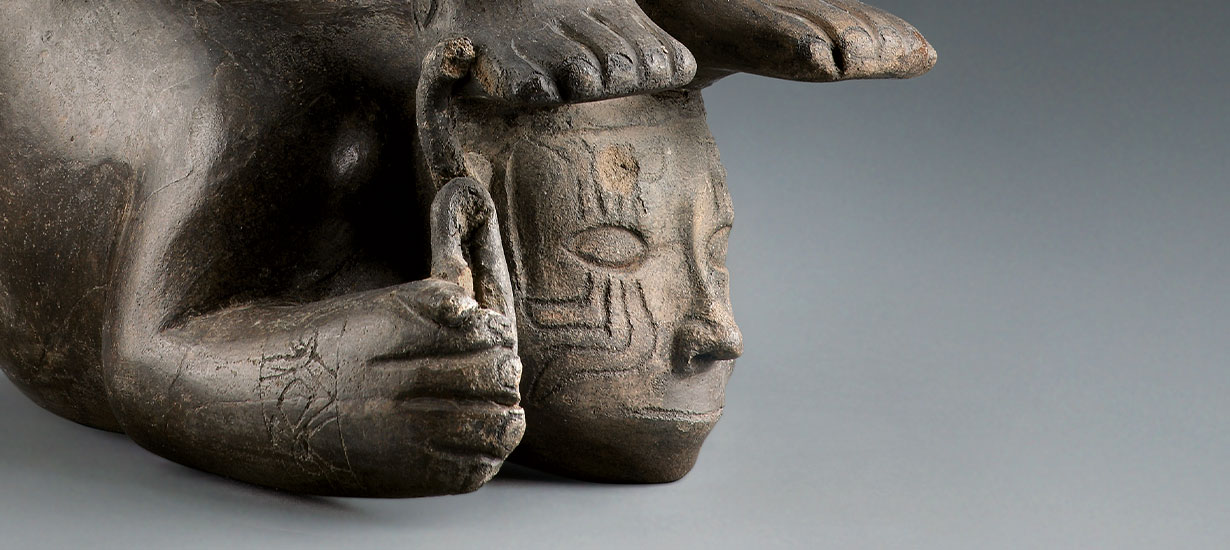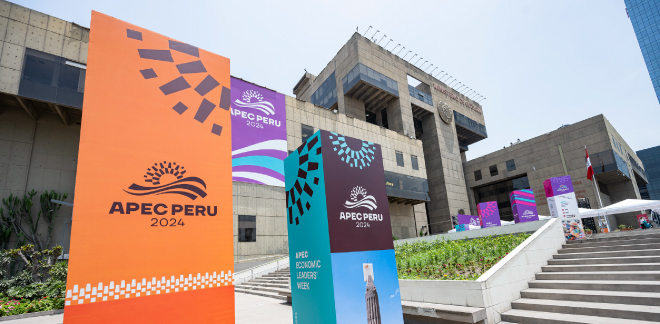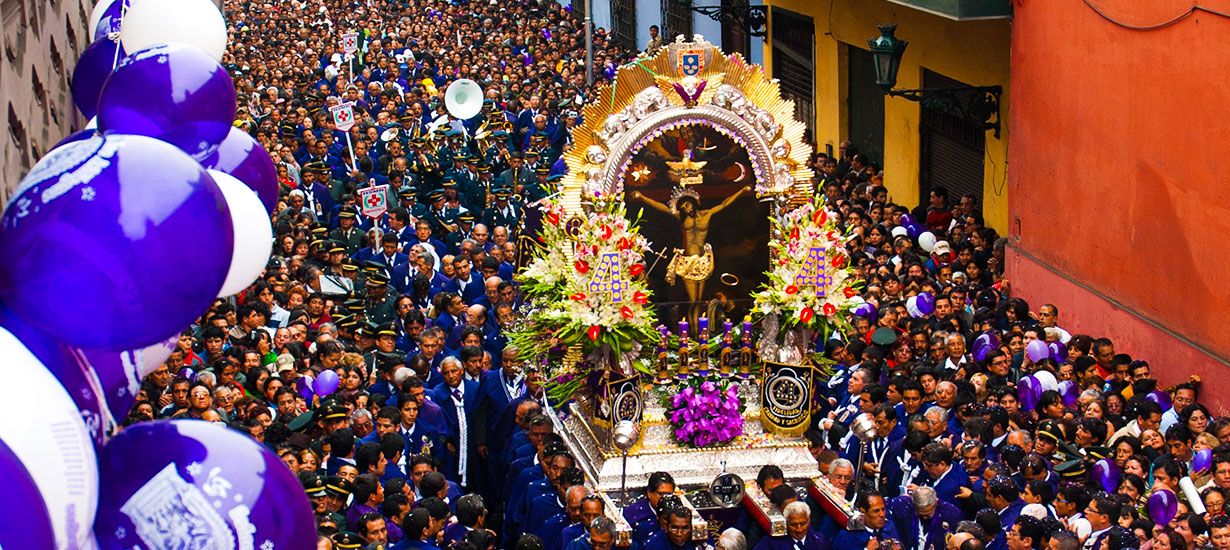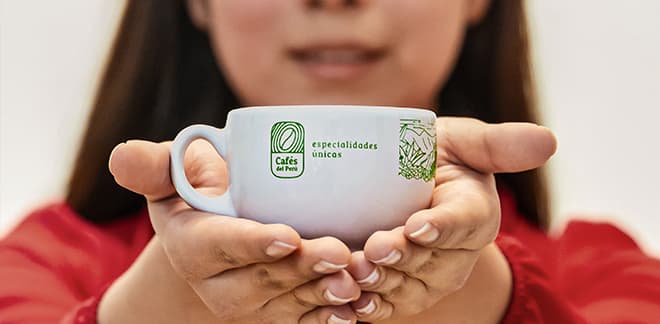International Museum Day: Treasures from Peruvian museums that dazzled the world
Síguenos en:Google News
Museums serve as gateways to the rich knowledge and cultural heritage of various human societies. In Peru, these institutions play a vital role in safeguarding and exhibiting pieces that narrate tales of ancient civilizations.
On May 18, International Museum Day, we are celebrating by showing a collection of pieces from Peruvian museums that have captivated audiences worldwide. These treasures have journeyed from Peru to major cities, gracing the halls of international museums and sharing the richness of Peruvian culture with a global audience.
And here is the best part! These pieces are currently displayed in various museums across Peru. Now, it is time to plan your cultural journey and enjoy it.
El Matrimonio de la Ñusta (The marriage of the ñusta)
Location: Pedro de Osma Museum
In 2019, the Prado Museum in Madrid (Spain) exhibited the Peruvian painting "The marriage of the ñusta," which is a remarkable piece of viceregal art from Cusco. This painting portrays two marriage ceremonies that occurred forty years apart, spanning across distant locations like the Iberian Peninsula and the viceroyalty of Peru.
"Ñusta" was the title given to noble women within the Inka empire. The marriage between a Ñusta and a high-ranking Spaniard symbolized the merging of powers, dominance, and cultural blending during the Spanish colonization of Peru.
This artwork, done in the baroque style, traveled to Madrid to join the 'La obra invitada' program hosted by the Prado Museum, aiming to showcase Latin American artistic expressions. It is a piece from the collection of the Pedro de Osma Museum, situated in Lima's Barranco district, where it is currently being exhibited.

Matrimonios de Martín de Loyola con Beatriz Ñusta y de Juan de Borja con Lorenza Ñusta
Anonymous
Cusco - 18th century
Museo Pedro de Osma
El contorsionista de Puémape (The contortionist from Puemape)
Location: Lima Museum of Art - MALI
The Contortionist from Puemape, also called the Cupisnique Contortionist, is a fascinating archaeological find from the ancient Cupisnique culture, one of Peru's oldest civilizations. This remarkable piece of art was discovered at the Puemape archaeological site on the northern coast of Peru and is estimated to date back to around 1200 BC.
This artwork, part of MALI's permanent collection, was displayed at the British Museum in 2019 and earlier at the Americas Society in New York in 2010 as part of MALI's traveling exhibition titled "De Cupisnique a los Inkas" (From Cupisnique to the Inkas).
The pottery depicts a man in a contorted posture, with his feet on his head, one arm extended forward and legs bent upwards. This sculpture demanded impressive technical skill and an astonishing level of detail, suggesting a high degree of mastery on the part of the Cupisnian artists.
The mysterious aura surrounding it piques the curiosity and admiration of those who visit MALI, the museum where it is displayed. You can catch a glimpse of it from Tuesday to Sunday.
El Contorsionista de Puémape
Cupisnique (1200 - 500 BC)
Stirrup handle bottle with representation of a contortionist
Museo de Arte de Lima. Donation Petrus and Verónica Fernandini Collection
La Venus de Curayacu (The Venus of Curayacu)
Location: Museo Nacional de Arqueología, Antropología e Historia del Perú
The Venus of Curayacu, dating back to 1800 to 1300 BC, is a ceramic piece discovered at the archaeological site Cerro Paloma in the district of San Bartolo, Lima. This piece exhibited the exceptional artistic talent and technical expertise of the ancient Chavin civilization.
The Venus of Curayacu depicts a slender woman with finely facial features. This small statue has sparked various interpretations. Some believe it may have been used in religious or ceremonial rites linked to fertility. Others propose it might symbolize a significant figure in Chavin culture, perhaps a priestess or a revered female deity.
The Venus was displayed at the Louvre Museum and various museums in China in 2019. Currently, it resides in the National Museum of Archaeology, Anthropology, and History of Peru.
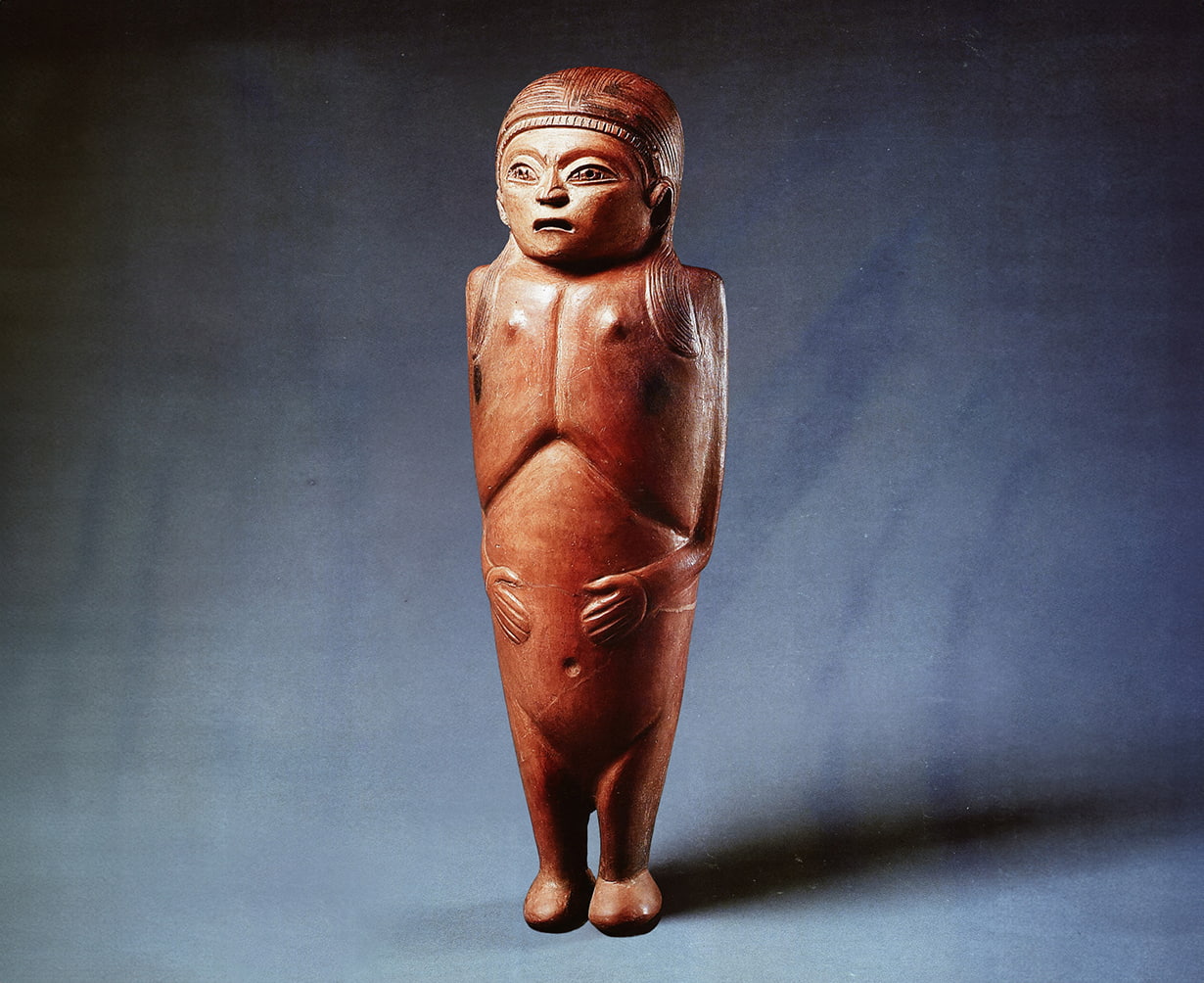
Venus de Curayacu
Chavinoid style ceramics (1800-200 BC)
Museo Nacional de Arqueología, Antropología e Historia del Perú
Crown and earrings from a funerary trousseau
Location: Kuntur Wasi Museum (Cajamarca)
The British Museum in London hosted a remarkable exhibition called "Peru, a journey through time," featuring precious archaeological treasures from the Kuntur Wasi Museum in Cajamarca, Peru's northern highlands. Notable among the exhibits were a crown and two earrings discovered at the peak of the Kuntur Wasi Phase archaeological site, dating back to 800-550 BC.
These archaeological relics represent part of the funerary trousseau of a 40-year-old man, likely someone from the upper class back then. They can be found and visited at the Kuntur Wasi Museum in Cajamarca nowadays.
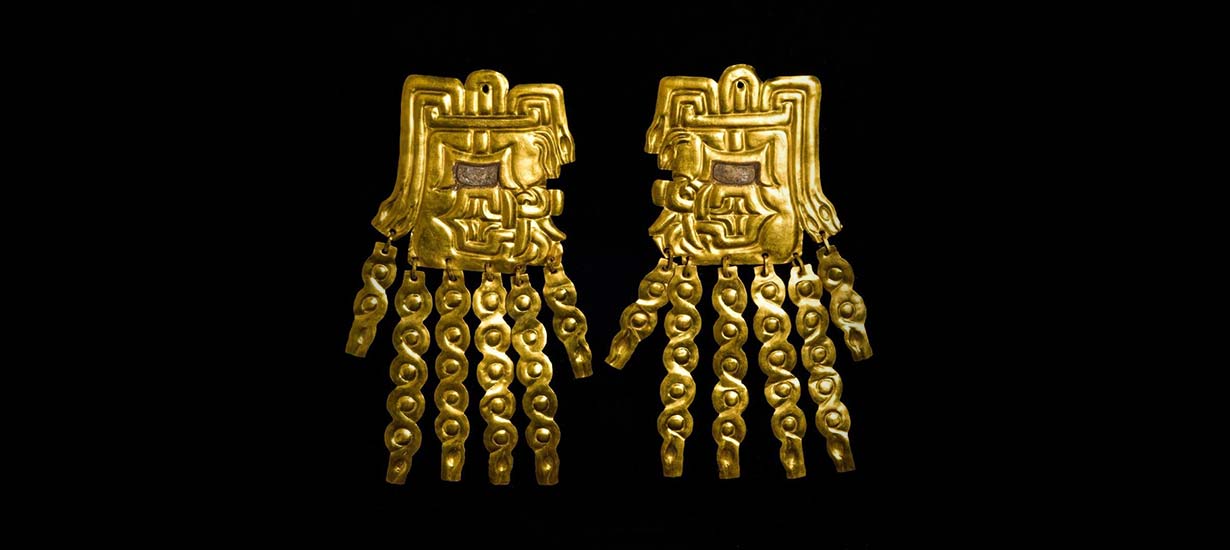
Gold earrings
Kuntur Wasi Museum (Cajamarca, Perú)
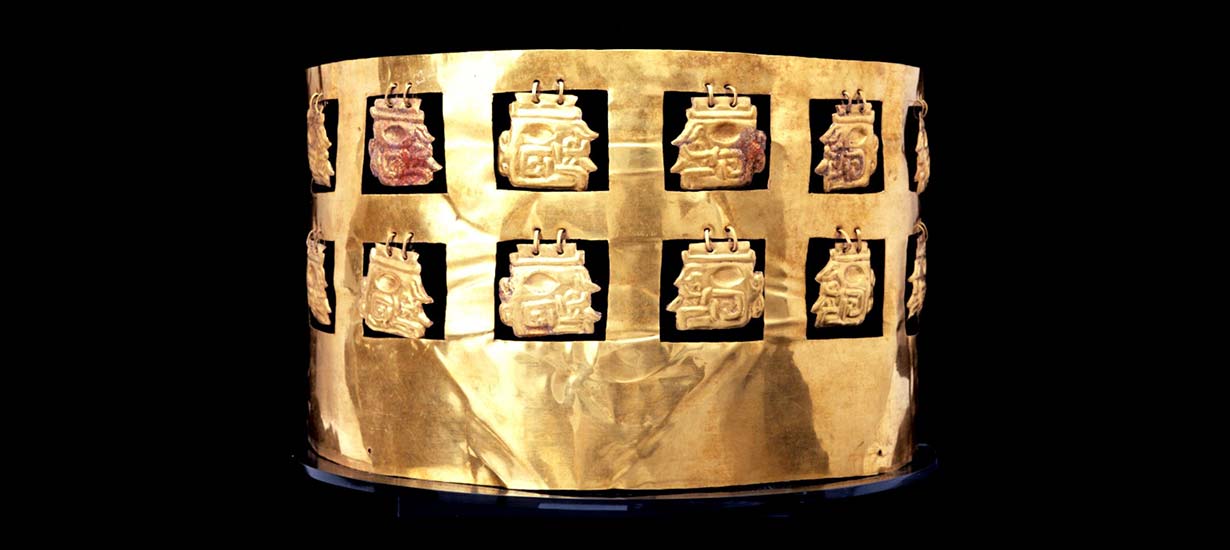
Gold crown
Kuntur Wasi Museum (Cajamarca, Perú)
Machupicchu y los Imperios Dorados del Perú (Machupicchu and the Golden Empires of Peru)
Location: Larco Museum
In 2022, the Museum of Cultures (MUDEC) in Milan, Italy, hosted and exhibited around 180 archaeological objects from ancient Peru in the exhibition "Machupicchu and the Golden Empires of Peru." The experience demonstrated the universal language of ancient Peruvian art, which brings us closer to the sensitivity and symbolism of the original cultures.
The exhibition displays pieces from various ancient Peruvian cultures before the arrival of the Spanish. You will see gold clothing worn by Chimu rulers, Mochica pottery, the Mochica Ai Apaec funeral mask, the Larco Piece, and more. Together with the exhibit's layout, these pieces tell the story of Peru's rich pre-Hispanic history, leading up to the Inka civilization.
Most of these pieces are currently on display at the Larco Museum.
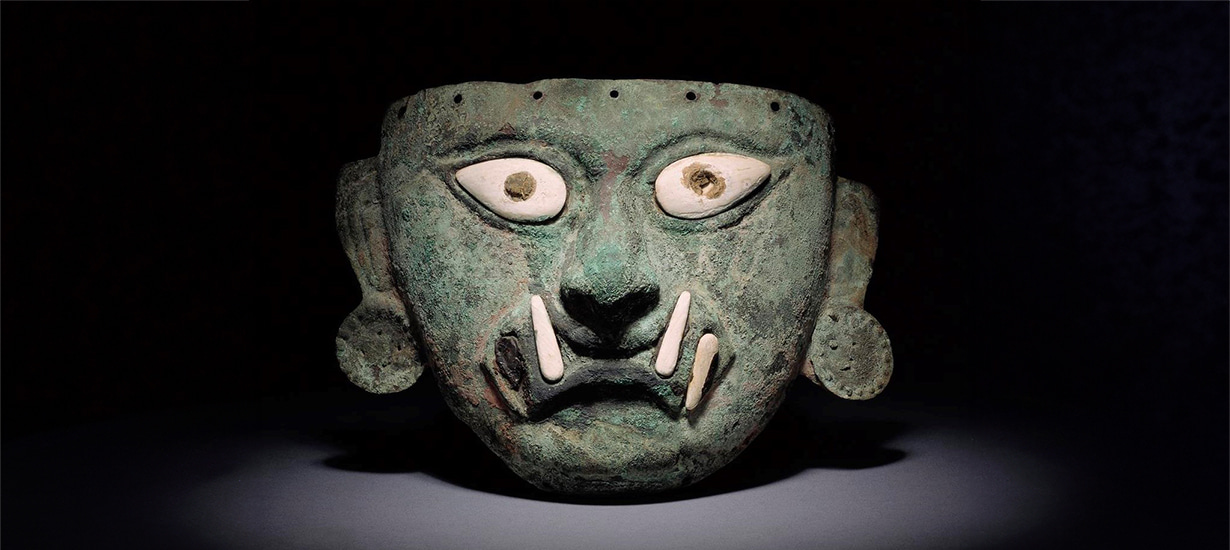
Copper funerary mask representing the god Aia Paec
Boom Era and Fusional Era (1 AD – 1300 AD)
Museo Larco, Lima - Perú. ML100187

Museo Larco, Lima - Perú. ML015075, ML100123, ML100124 y ML040402
Attention! This Saturday, May 18, more than 50 museums throughout Peru, managed by the Ministry of Culture, have free entry. Live Museum Day learning about Peruvian history and heritage!


